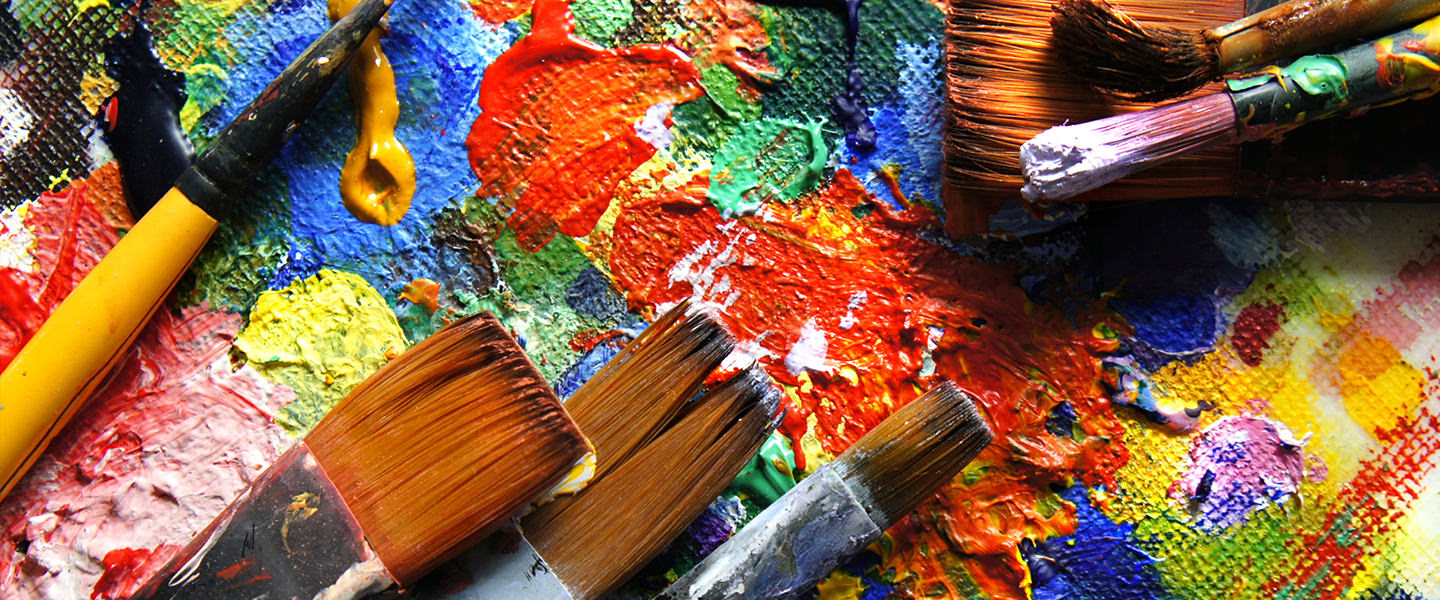In the heart of urban America, where the often cacophonous rhythms of life interweave with the haunting echoes of history, the South Side of Chicago emerges as both a canvas and a battleground. The intersection of art and activism, particularly within Bahá’í teachings, provides a unique lens through which to view the potential for healing in communities often relegated to the margins. This exploration delves into the transformative power of creative expression as a means of social change and cohesion, accentuating the Bahá’í principles of unity, justice, and the inherent nobility of humankind.
Art, in its myriad forms, acts as a vital conduit for expressing the soul of a community. It encapsulates not only the struggles faced by its inhabitants but also their hopes and aspirations. In the South Side, where socioeconomic challenges loom large, art offers a form of resistance. It stands as an act of defiance and resilience, infusing life into seemingly desolate spaces. This artistic presence can be likened to a vibrant thread woven into the fabric of a community, creating a tapestry rich with narratives that demand to be told. The Bahá’í teachings extol the virtues of unity and expression, compelling individuals to harness their creative energies as vehicles for profound societal impact.
In the context of activism, art emerges as a formidable ally. It transcends traditional barriers of communication, igniting conversations that bridge divides. Through murals, poetry, music, and performance, artists in Chicago’s South Side are redefining the narrative surrounding their communities. They explore themes of justice, equity, and healing, often drawing upon the Bahá’í emphasis on the oneness of humanity. This notion serves as both a philosophical foundation and a motivational force, urging individuals to cultivate a collective identity that embraces diversity and fosters understanding.
One must not overlook the pivotal role of youth in this artistic renaissance. Engaging the younger generation fosters not only a sense of ownership but also a commitment to the betterment of their surroundings. Programs that fuse artistic endeavors with social justice issues provide a fertile ground for cultivating critical consciousness. Here, the Bahá’í principle that “education is vital to human progress” resonates profoundly. Encouraging self-expression through artistic mediums empowers young individuals to envision a future unmarred by injustice and division. Their art becomes a poignant reflection of their realities and a clarion call for activism.
Moreover, the collaborative nature of artistic projects often embodies the spirit of unity championed by Bahá’í teachings. Artistic initiatives that invite participation from individuals across different backgrounds amplify the message of inclusivity. It is in the harmonious convergence of diverse voices that the most powerful narratives emerge. In Chicago, this phenomenon can be observed in community art projects, where residents come together to create murals that not only beautify the landscape but also encapsulate shared experiences, struggles, and dreams. This fosters a collective healing process, wherein the act of creation nurtures solidarity and compassion.
On a more profound level, the interplay between art and activism can be seen as a therapeutic process—one that facilitates emotional and psychological healing. The Bahá’í teachings emphasize the significance of inner transformation as a precursor to social betterment. Engaging with art allows individuals to confront painful truths, grapple with their traumas, and, ultimately, emerge resilient. Artistic expression can serve as both a cathartic outlet and a medium for community solidarity, paving the way for restorative justice. In this light, art becomes a powerful tool for healing, allowing individuals to reclaim their narratives and find solace in shared experiences.
Furthermore, one must consider the role of storytelling within this framework. Stories, deeply woven into the fabric of human experience, have the power to transcend boundaries and enable empathy. In Chicago’s South Side, artists often engage in storytelling—whether through spoken word, visual arts, or theater—to illuminate the complexities of their existence. Such narratives resonate with the Bahá’í belief in the transformative power of truth. When these stories are shared, they create a ripple effect, fostering understanding and prompting introspection among audiences. Thus, storytelling becomes an act of empowerment, reclaiming agency in the face of adversity and sparking a movement towards collective healing.
As the South Side of Chicago continues to evolve, the synergy between art and activism remains a vital force for community development. The Bahá’í teachings lend themselves harmoniously to this discourse, urging individuals to recognize their interconnectedness and the sacred duty to uplift one another. The emerging landscape of a community enriched by artistic expression serves as a testament to the potency of hope, solidarity, and healing.
In conclusion, the fusion of art and activism within the context of Bahá’í teachings on Chicago’s South Side exemplifies how creativity can be harnessed as a means for healing and transformation. The vibrant cultural tapestry created by artists serves as an eloquent reminder of the human spirit’s resilience. Through unity and shared expression, communities can navigate pain, facilitate healing, and inspire change. Thus, the artistic endeavors borne from this intersection not only reflect the lived experiences of inhabitants but also pave the way for a more just and harmonious society.
